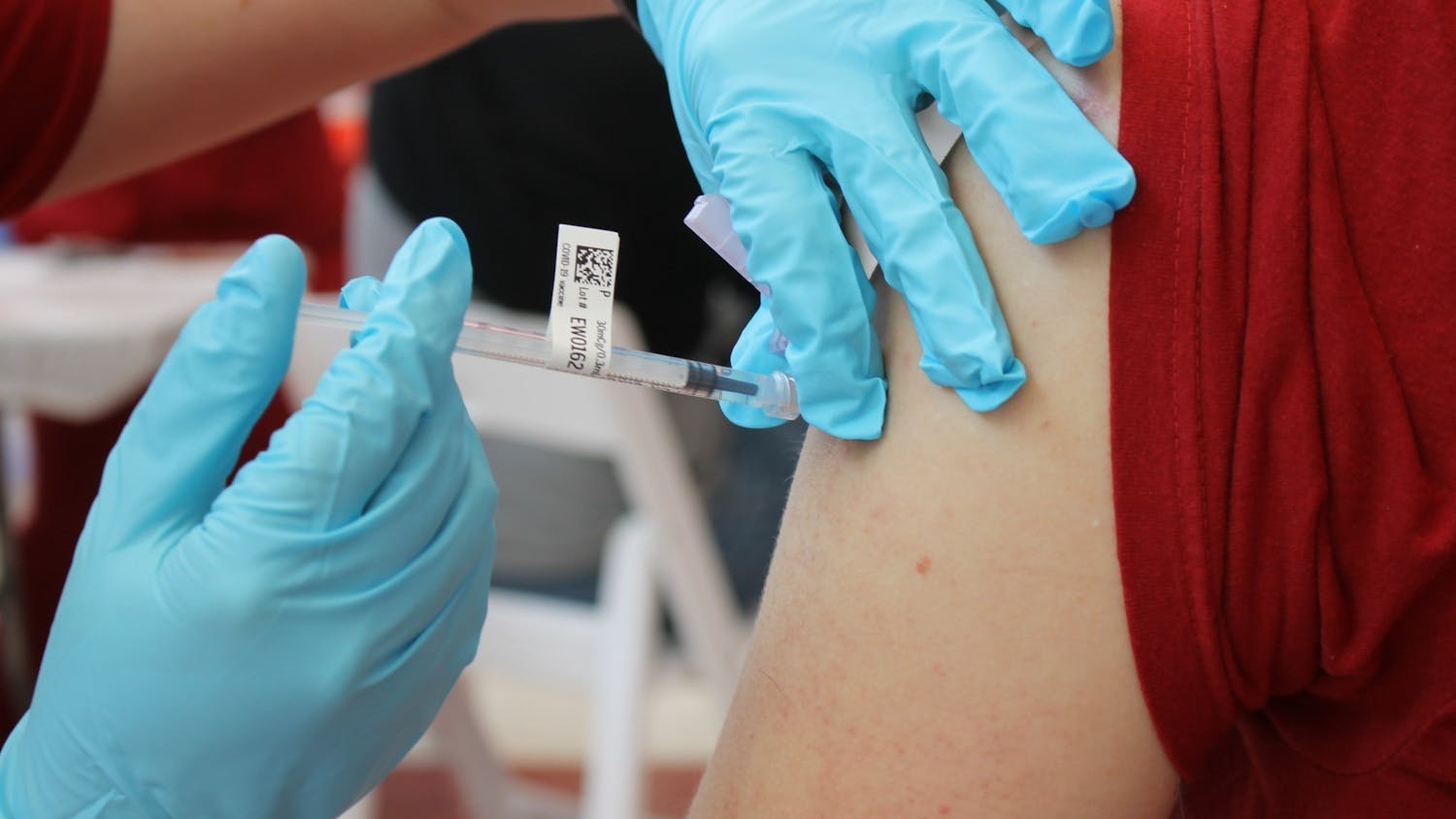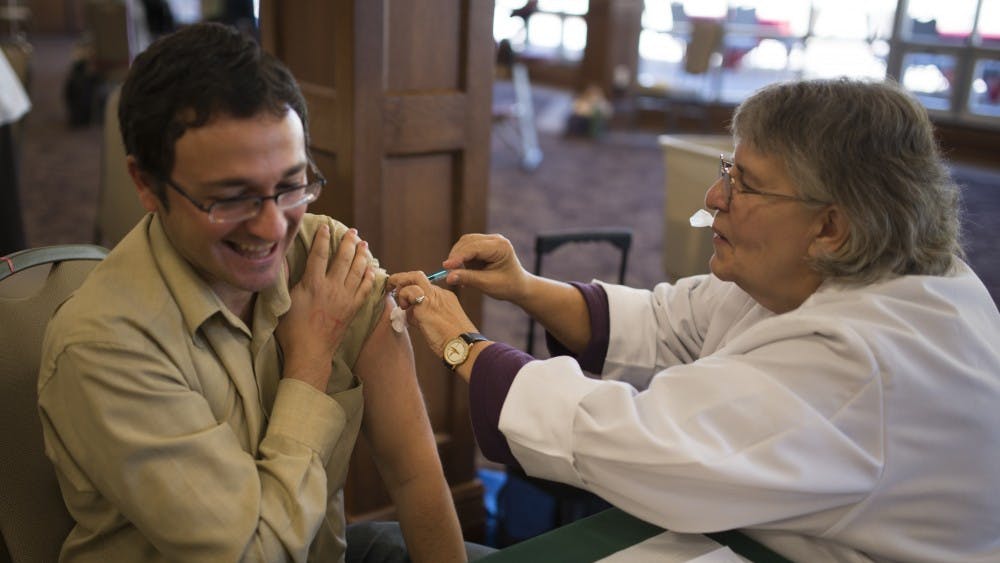The William J. Clinton Foundation, founded by former President Bill Clinton, recently formed an alliance with the American Heart Association to battle childhood obesity. The alliance is also putting forth additional guidelines that pertain specifically to school lunches, which they hope will inspire children to choose healthier choices. The Monroe County Community School Corporation has already taken steps toward fighting childhood obesity through the 2004 Child Nutrition Act but still plans to move toward a more nutritious future.\nMany of the nation's top food producers, including Dannon, PepsiCo and Mars, support the alliance. These companies have adjusted their production lines by creating new guidelines that will ensure a healthier output in their food, a notion that will affect schools nationwide, including Monroe County schools. \n"We've taken out ice cream and all extra candy and cookies. We serve a very healthy lunch," said Gale Hill, principal of Tri-North Middle School in Bloomington. "The state is changing the rules and things like potato chips will not count as part of a school lunch," .\nAmerican Heart Association President Raymond Gibbons said in a statement from the alliance: "Kids across America will benefit from today's agreement. Our goal is to point kids to foods that are healthier and that will contribute to a healthier lifestyle overall."\nAlong with the changes made by these companies and the alliance, guidelines are also being put into place by the state and national government to fight this unhealthy trend. The Child Nutrition Act, which was originally authorized in 1966 and has been reauthorized several times as late as 2004, sets many health standards for school lunches. These standards restrict the amount of unhealthy food available to children and increase the number of healthier food options. \nThis means eliminating many of the traditional sugary dessert options. Some people would expect younger students to be resentful of such changes, but Hill said the overall reaction has been positive.\n"For the most part, reactions were good. Some things that left, they weren't happy about, but they understand the reasoning so they didn't grumble a whole lot," Hill said. "The biggest thing was when they took out ice cream, but other than just grumbling there wasn't anything."\nThis grumbling could be considered a reflection of the choices children make when outside the school cafeteria.\n"If we're going to tackle childhood obesity, I think we need to tackle it from the physical education side as well. I think students and children need to be more aware of physical fitness aside from just focusing what they eat," Hill said.\nAlthough movements such as the Clinton Foundation and American Heart Association alliance and the Child Nutrition Act are in the best interest for students, government and school officials are still searching for an answer to the problem.\n"It's a good start. It's a good beginning," said Hattie Lou Johnson, food service director for Monroe County schools. "Initially, there was nothing. Vending machines were running rampant in schools throughout the country, so it was much easier for kids to have access to sugary foods and pop. It was just out of control." \nThese programs, however, cannot control decisions children make outside of school. This leaves educators searching for solutions that could reach further into children's decision-making processes.\n"Whenever able to choose between what is healthy and what tastes good, children will continue to make that unhealthy choice," Johnson said. "Without nutrition education, I don't know that any of it would be successful"
Alliance moves schools to provide healthier food
Menu changes aimed at battling childhood obesity
Get stories like this in your inbox
Subscribe





